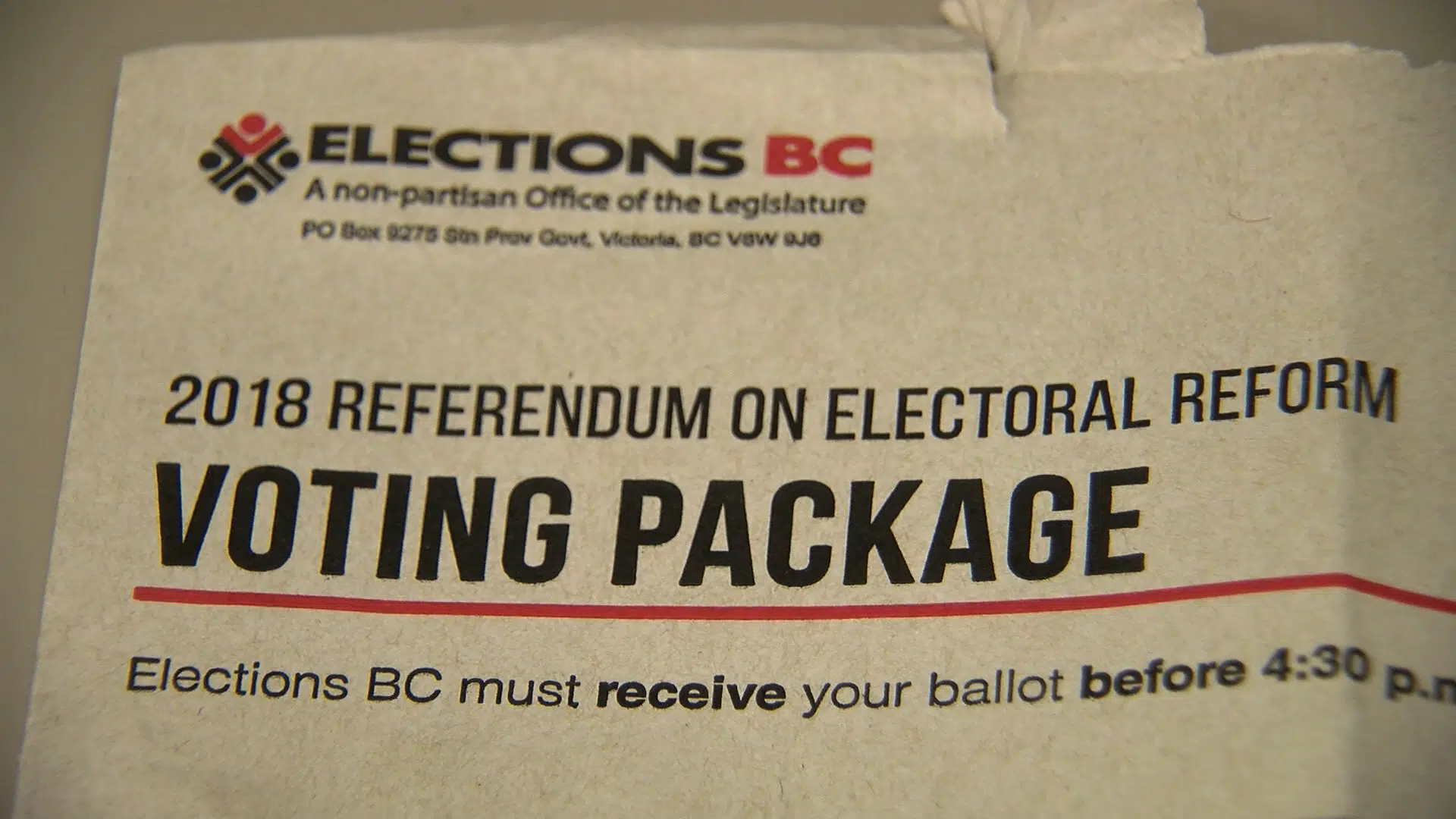
Here’s how proportional representation could affect Kamloops voters
KAMLOOPS — Voters across the province have a little more than two weeks to mail in their ballot on electoral reform.
The choices are to stay with the first-past-the-post system which is currently how B.C. MLAs are elected or choose proportional representation, a system in which votes directly reflect the number of seats a particular party will earn in the legislature.
There are three different proportional representation options: Dual Member Proportional, Mixed Member Proportional, and Rural-Urban Proportional. It’s an electoral system that some in B.C. feel is a more fair way to vote.
“Right now, we have a party win 39 per cent of the vote, and because the way the system works, that translates into more than half the seats,” says Gisela Ruckert from Fair Vote Kamloops. “We have majority governments that don’t represent a true majority of voters. Under proportional representation, that would be changed.”


